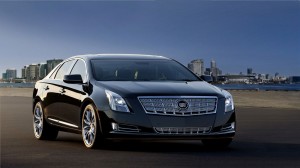Rogers Communications Inc. locks in a 12 year broadcast deal with the NHL that is worth $5.2 billion. The deal secures Rogers with all broadcast and multimedia rights for all Canadian games, including television, radio, web, and mobile platforms. Rogers becomes a dominant player in the broadcast media industry. However, $5.2 billion is a substantial price to pay, and Rogers will need to recover its expenses, leading to the question, how will hockey fans be affected?

First, price discrimination will be an obvious strategy for Rogers, especially through tactics like bundling. Consumers are already offered package deals including various options for wireless, TV, internet, and home phone connections. Channel and sports event subscription are perhaps others we can add to the list. Let’s be realistic. For Rogers, it will be quite easy to charge premium prices to die hard hockey fans, who have a fairly inelastic demand. High prices for hockey tickets has never deterred hockey fans. Regular season and playoff games sell out consistently. In addition to this, look at all the commotion and controversy created by the recent lockout. The fans want hockey and they have a high willingness to pay.
Rogers has developed a great marketing strategy by associating themselves with the sports entertainment market. The company is now targeting an even larger consumer base in this industry compared to their wireless device market. However, if Rogers interconnects the two markets, allowing consumers to view hockey games and updates through wireless devices, then they will have the ultimate competitive advantage.
Let’s face it, this ultimate competitive advantage for Rogers will be the ultimate disadvantage for hockey fans. Get ready Canada, it’s time to pay up.


